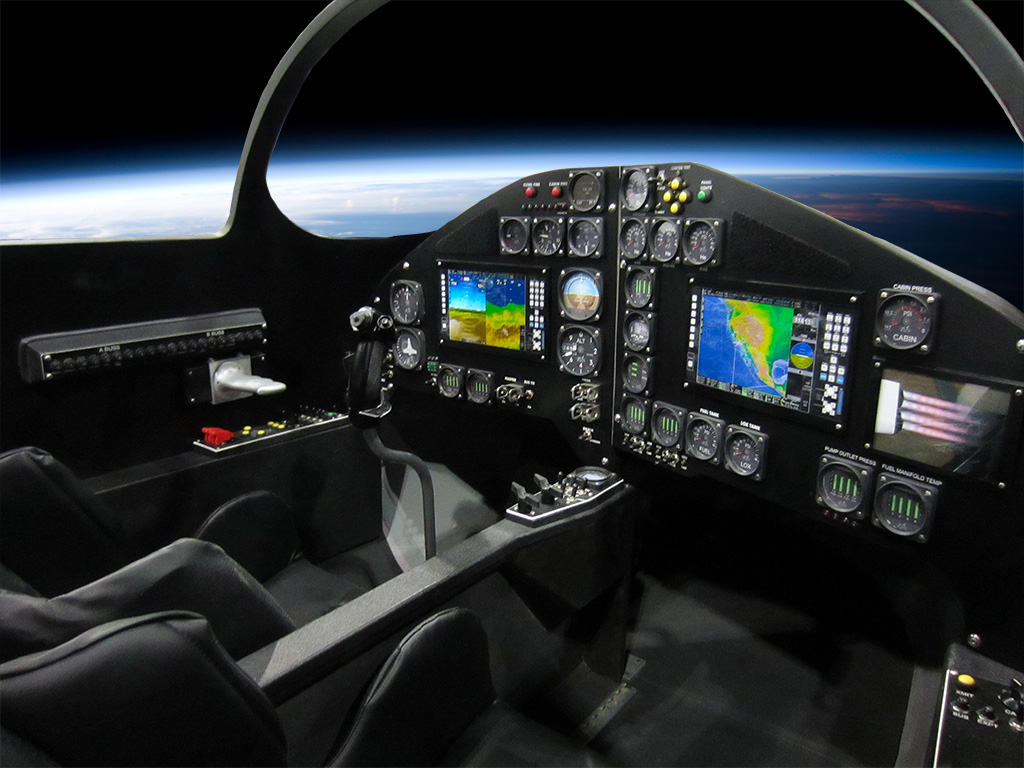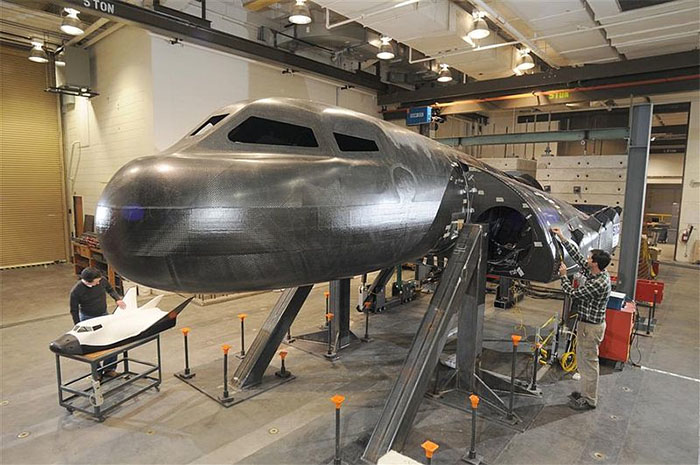This is the first in a series of posts that will suggest some experiments we’d like to see citizen scientists build for our suborbital flights.
NASA performed a soldering experiment aboard the International Space Station on five occasions between April 2003 and April 2005, producing a total of 86 samples. The following video shows ISS science officer Mike Fincke performing the soldering experiment during Expedition 9 in 2004.
[wpvideo wSk9MGEy w=700]
Soldering will be an important technique for repairing future spacecraft and systems, in orbit and at future destinations such as the Moon and Mars. On Earth, gas bubbles can cause the formation of pores that reduce the strength of a solder joint. In microgravity, these pores are more likely because gas bubbles have less chance to escape. Principal Investigator Richard Grugel of NASA Mashall Space Flight Center wanted to study the formation of solder joints, by video recording and examination of samples returned to Earth.
In this video, as the solder is heated, it becomes a molten blob with a droplet of rosin clinging tight to the outside. Then, as the temperature rises, the droplet starts to spin – a completely unexpected result.
The In-Space Soldering Investigation (ISSI) was developed after the Columbia accident as a cheap, quick experiment the astronauts could do with hardware that was already present aboard the space station. It was followed by the Reduced Gravity Soldering Experiment on Expedition 14 (September 2006 – April 2007) and the Component Repair Experiment on Expedition 18 (October 2008 – April 2009).
ISSI is an example of a low-cost experiment that can be done by humans in space but could also be automated easily. It may not be possible to do a complete component-repair experiment on a suborbital flight, but suborbital spacecraft could provide a great platform for studying the basic behavior of solder in microgravity without the cost and complexity of an ISS mission.
We’d like to see someone perform a solder experiment as one of our citizen-science payloads. (See our Call for Experiments.) One possible improvement over the original design might be better video imaging.
We think it might be interesting to observe the behavior of the solder using high-speed video. High-speed video cameras are usually very expensive and fairly large, but Casio has developed a series of inexpensive point-and-shoot cameras with rather remarkable high-speed video modes. The model numbers and features change slightly from year to year. Current models are the Casio Exilim ZR-10 and Exilim ZR-100. These cameras list for $249 and $299, respectively, but generally sell for a little over $200 online. Older models such as the Exilim FC150 are also available through sources such as Ebay, and Casio just recently introduced the ZR-200 and ZR-300.
In addition to standard and high-definition video at 30 frames per second (fps), the EX-ZR10 can record 240-fps video at 432×320-pixel resolution and 480-fps video at 224×160.The EX-ZR100 has the same video modes plus 1000-fps at 224×64-pixel resolution. The 1000-fps video image is tiny but the 240- and even 480-fps videos look like they might be quite useful.
The new EX-ZR200 can record 120-fps video at 640×480-pixel resolution, 240-fps video at 512×384, 480-fps video at 224×160, and 1000-fps video at 223×64. Details on the EX-ZR300 (not yet available in North America) are sparse but video modes are expected to be similar to the EX-ZR200.
In burst mode, the cameras are capable of shooting full-resolution still images (12 megapixels for the EX-ZR10 and EX-ZR100, 16 megapixels for the EX-ZR-200) at speeds of up to 30 fps.
Another useful feature these cameras provide, for citizen-science experimenters, is excellent close-focusing capability. The EX-ZR10 is capable of macro focusing at distances as close as 2 centimeters, while the EX-ZR100 and EX-ZR-200 can go as close as 1 centimeter.
So, there are a lot of imaging options to choose from with these cameras. Unfortunately, high-speed video and burst photography will fill up the camera’s buffer quite rapidly, so the shooting time at these speeds is quite limited. That means the experimenter will need some way to trigger the camera at the proper time. This could be done mechanically, with a mechanism that presses the camera’s shutter button, or electronically by hacking into the camera’s trigger circuit.
Lighting must be provided also. High-speed video requires lots of light because the shutter is necessarily open for a very brief period of time, and of course, the experiment will be in a closed box. The specifications for the new ZX-ZR-200 show higher ISO ratings, so it might have an advantage there, but camera noise can be a problem at high ISO ratings (although manufacturers are working hard to improve it).
Here are some references you can look at, if you’d like to work on this experiment:
Gravitational Effects on Solder Joints (American Welding Society – Welding Journal)
In-Space Soldering Investigation Fact Sheet
Soldering in Reduced Gravity Experiment Fact Sheet
Component Repair Experiment Fact Sheet
Houston, We Have a Solution
Students to Study the Effects of Microgravity on Solder Joints
Soldering Surprise






